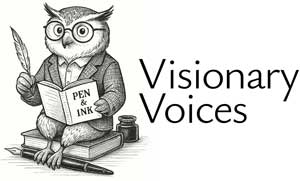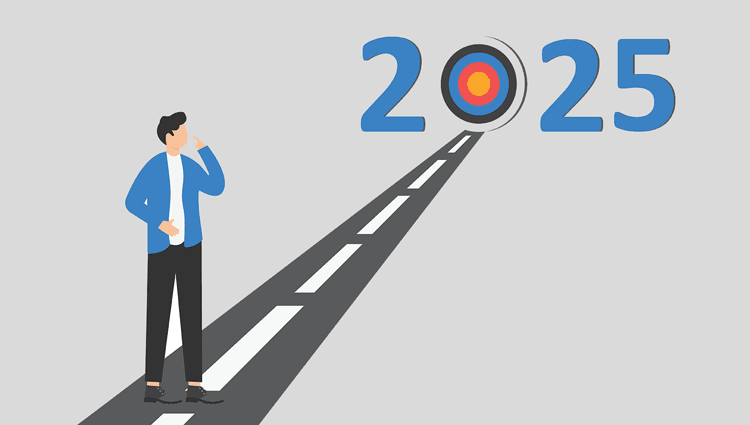You’ve had 365 days to keep your 2024 New Year’s resolutions—how well did you do? Statistics show that if you’re like most Americans, the majority of those resolutions were toast by February.
But, since you’re reading Philanthropy.Org, I’m hopeful you’re among the 8% who wrote their resolutions down and actually kept them.
Either way, it’s already time to think about 2025. And this year, like most, self-care is high on the list of the most common resolutions. So are things like losing weight, getting more sleep, eating more healthfully, and exercising.
Saving money is also top of mind again this year. A Statista survey showed that one in five American adults want to place more focus on their financials goals.
And speaking of money, why not focus on a list of resolutions that will pave the way for your nonprofit’s success?
- Start, or strengthen, your planned giving program. Remember, a typical planned gift is 200 to 300 times the size of a donor’s largest annual gift. And nonprofits that don’t invest in planned giving are losing their chance at around $6 billion a day in estate dollars! At the very least, make adding a simple bequest program one of your resolutions.
- Vow to increase the number of donor visits and phone calls. Reaching out to donors and prospects in person is part of good stewardship—and stewardship is crucial to successful fundraising.
- Make a concerted effort to promote estate planning to your donors and prospects. Nearly 70 percent of Americans lack even a basic will, and with the Great Wealth Transfer underway, you don’t want to miss out on your shot at the trillions (yes, trillions) up for grabs.
- Stop beating your supporters over the head with doom and gloom—make a resolution to try quirky, fun, and lighter approaches instead. Research and real-world experience show us it works. Besides, “vanilla” marketing is the enemy of engagement—and success.
- Tap into the Power of Community. As Russell James points out, asking people to share in something (i.e., supporting a cause) vs. asking them to give will produce far better fundraising results.
- Make better use of storytelling, and resolve to tell the right story—one that strikes a donor-centric chord with readers and inspires them to become supporters, rather than one that brags about your nonprofit and turns them away.
- Work on creating an atmosphere of transparency at your organization. Now more than ever, your supporters want to know what you’re doing, and how you’re spending their money.
- Take a look at your organization’s gift counting policy—it’s probably time to revamp it. Most nonprofits have wildly inconsistent ways of counting gifts, especially when it comes to planned gifts.
- Invest in building your nonprofit’s brand. Effective fundraising requires a foundation of trust—and that requires consistency, communication, and connection.
- Learn from your mistakes! Take a look at everything that went wrong last year, and then figure out what could have turned the tables around. As Eddie Thompson says, “Things I learned from my stumblings have become essential elements of my fundraising career.”
No matter what you resolve to do in 2025, I hope it brings you success and happiness. Here’s to a happy new year ahead.








[…] The difference between those who thrive and those who merely survive often comes down to choice. Will you focus on problems, or on opportunities? Will you dwell on what’s out of your hands, or double down on personal growth and leadership? […]